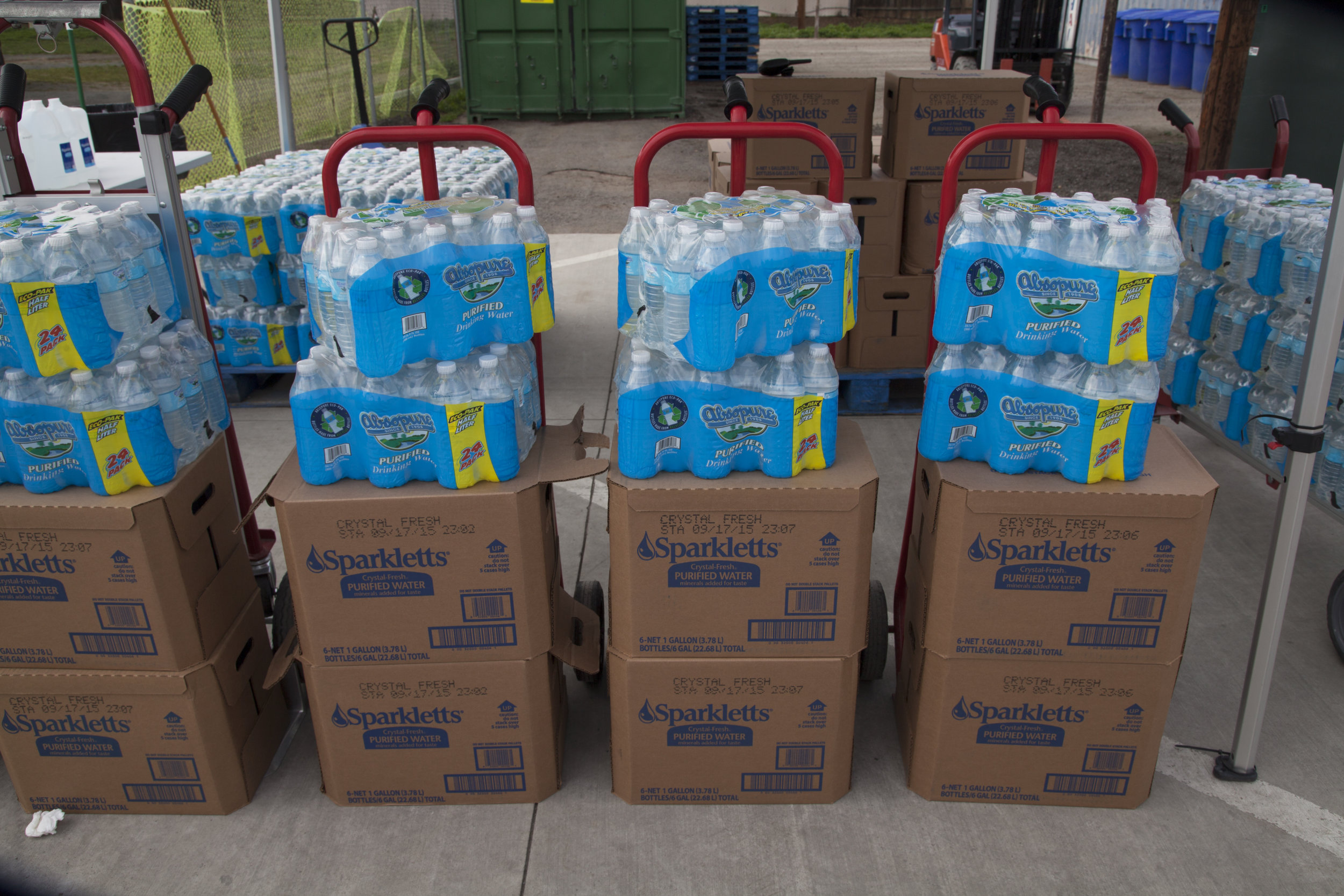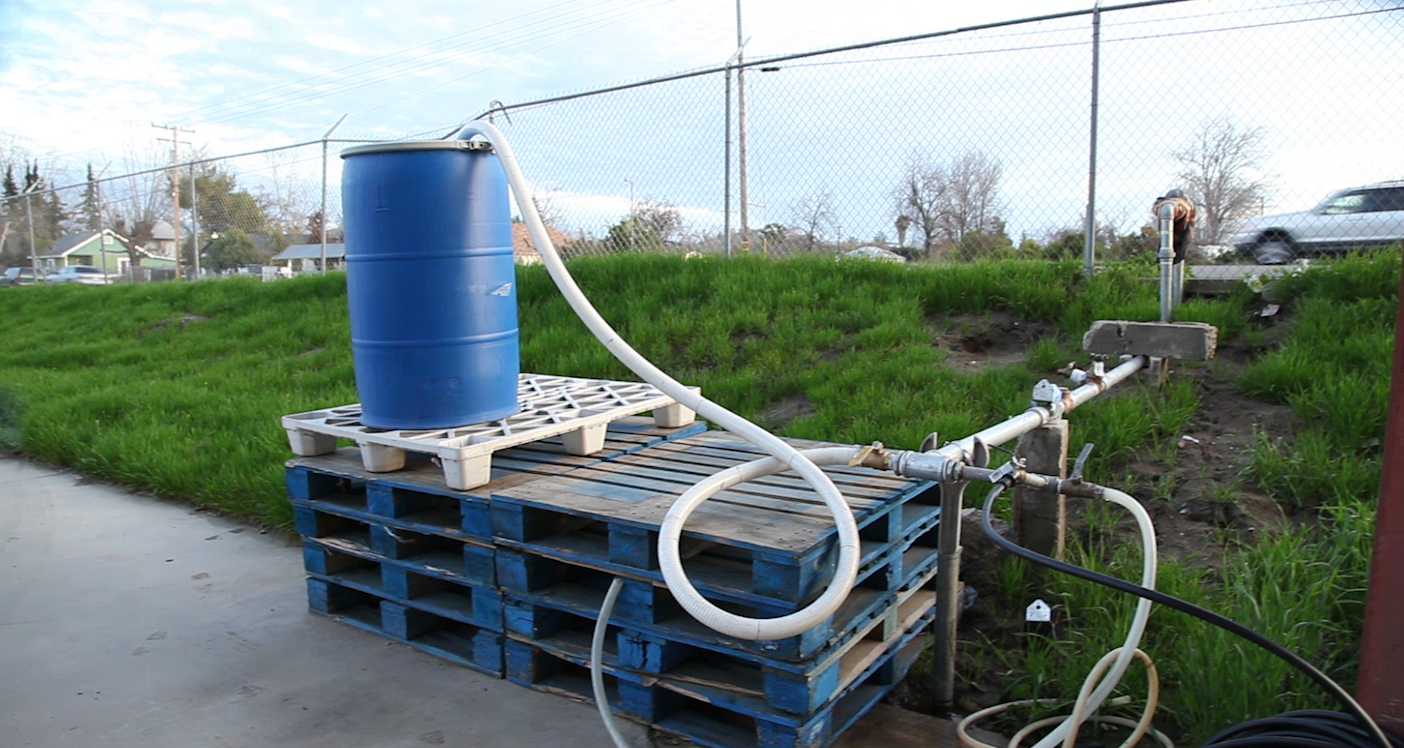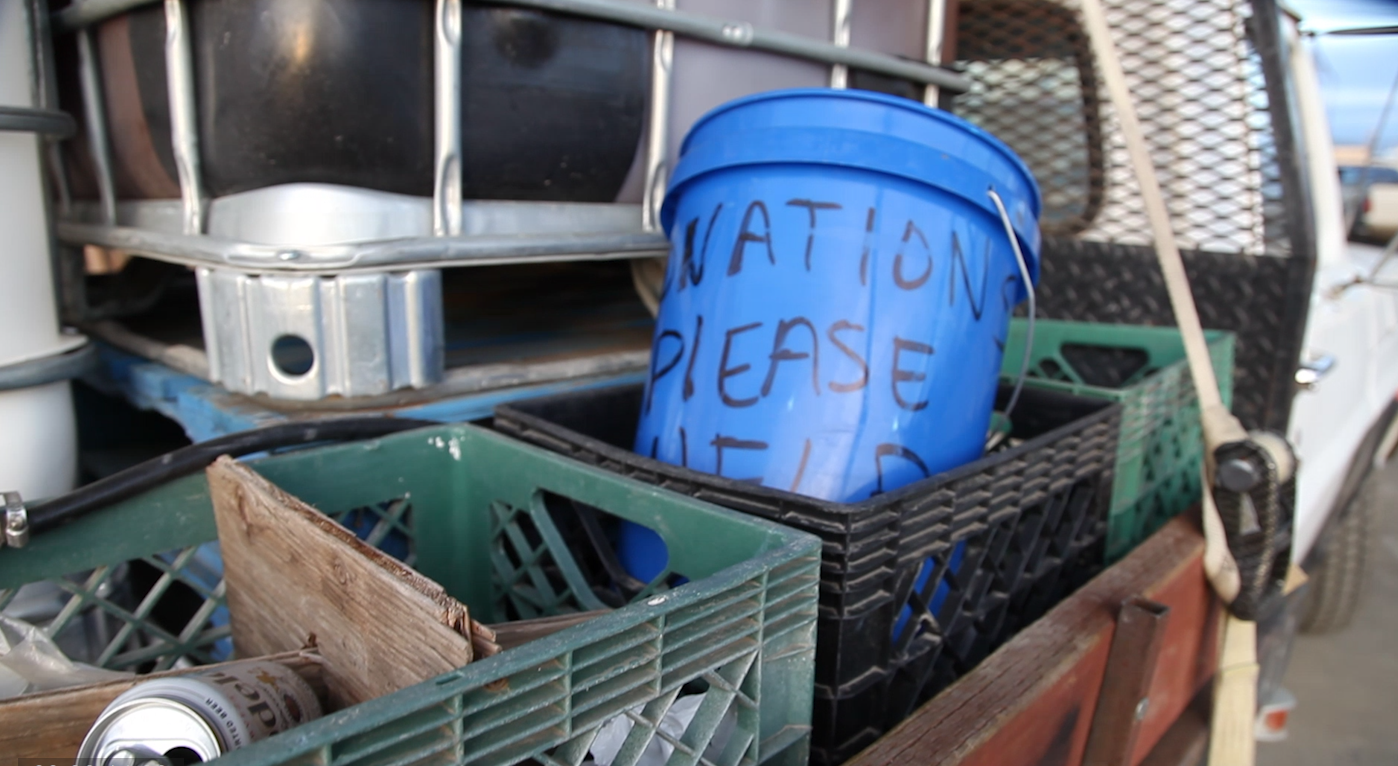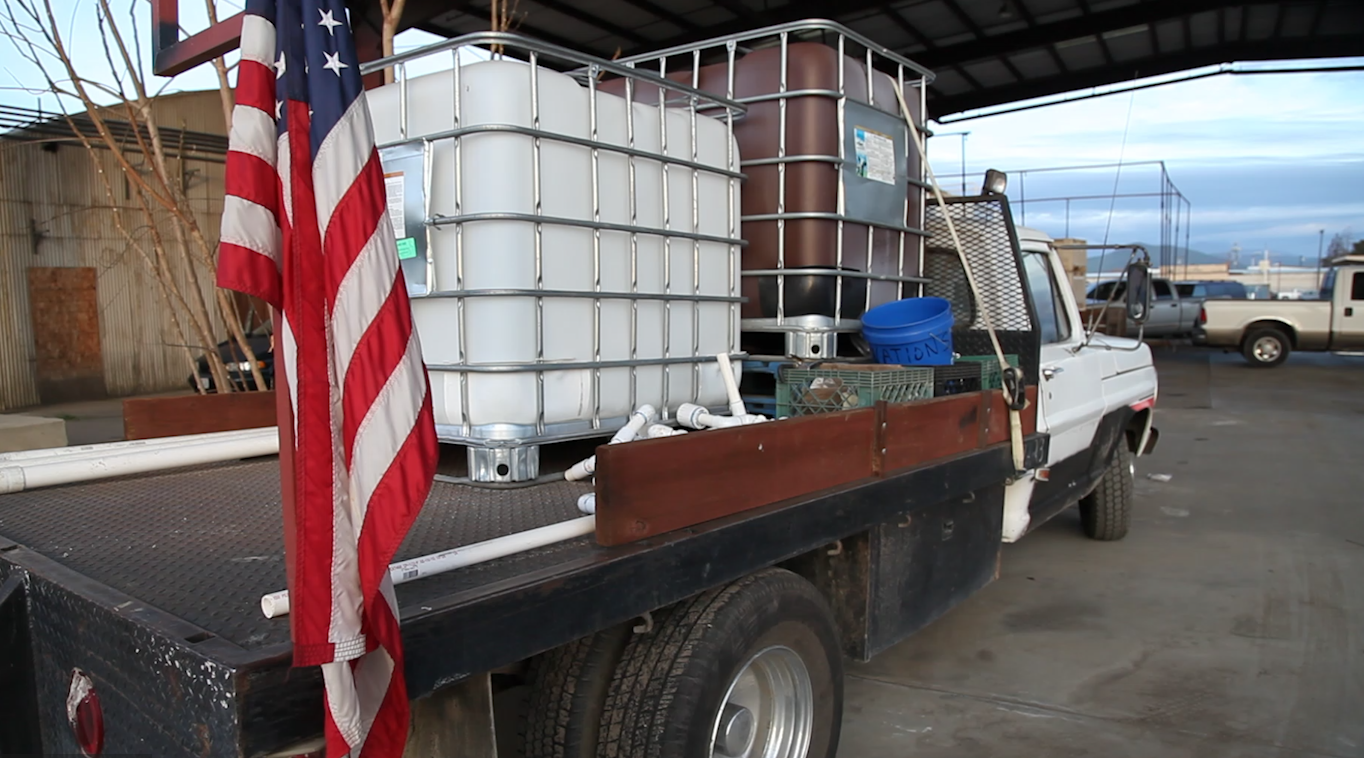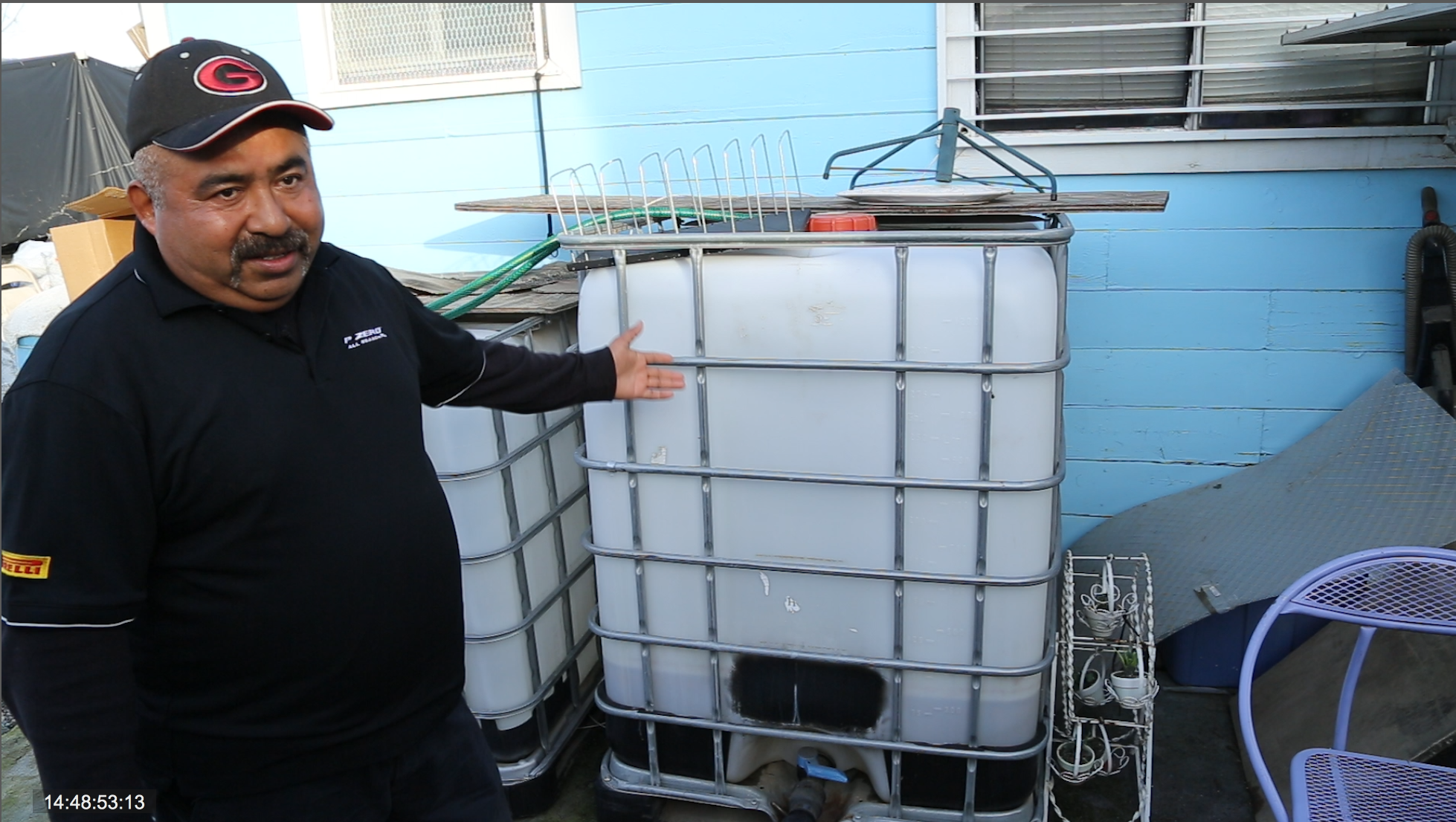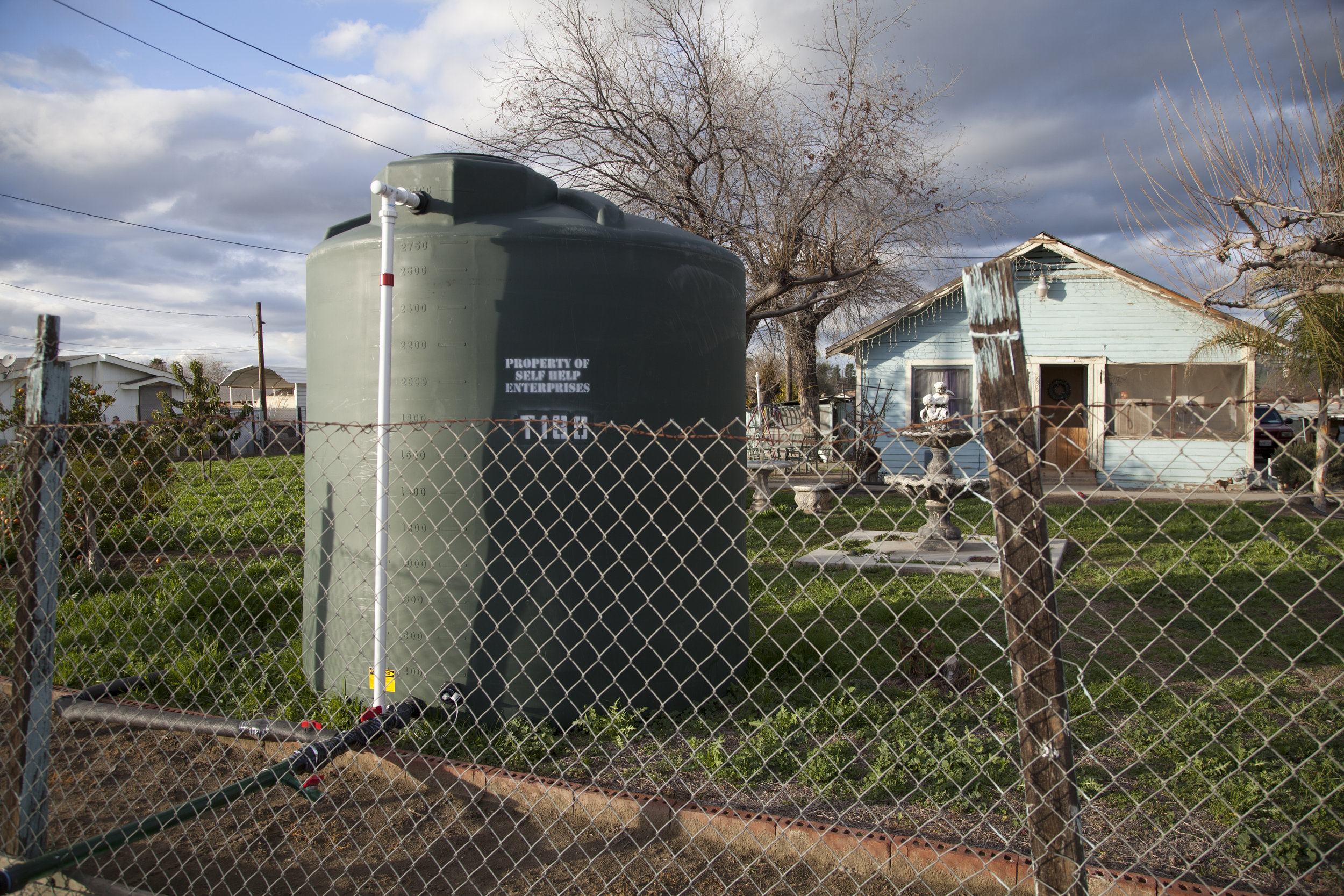

The Right to Water
Everyone has the right
The Right to Water
Everyone has the right
photo credit: Self Help Enterprises
Thirsty? Not So Fast...
What does clean water bring us and why tell the story of its loss? Without water we cannot drink, bathe, cook, or clean. It is indispensable for empowerment, health, dignity, and economic security. Water is a human right, yet 10% of the world's population, living mostly in rural areas, lives without safe water.
Under the international definition of the human right to water, everyone has the right to sufficient, safe, acceptable, accessible, and affordable water with domestic use prioritized over industry and agriculture. Yet, globally we use 70% of our water resources for agriculture and only 10% for domestic consumption.
During the drought of 2011 -2015, Tulare County in California's San Joaquin Valley was the epicenter of the water crisis. Over 1700 domestic wells ran dry and what was left was contaminated. 40% of sampled domestic wells exceed nitrate standards (the highest of any county in California). Yet California had Assembly Bill 685, The Human Right to Water.
This is a crisis. This is real.
You don't own the water around you.
When the wells ran dry, there were not enough available well drillers for deepening domestic tanks while agricultural well permits were being issued at astounding rates. It could take one or two years to drill your well at your home deeper, and cost tens of thousands of dollars. California enacted emergency drought funding to provide bottled water, tanks, and water deliveries. During the drought, the state started providing tanks for free to residents who relied on domestic wells that ran dry. A water truck came at regular intervals to the residents’ properties to fill the receptacles at no cost up to 50 gallons per person per day. But emergency drought funding ended.
These were just temporary solutions.
Cooking with bottled water. Heating water on the stove for a sponge bath. Washing dishes from a bucket of water. Flushing the toilet with water from outside the house.
